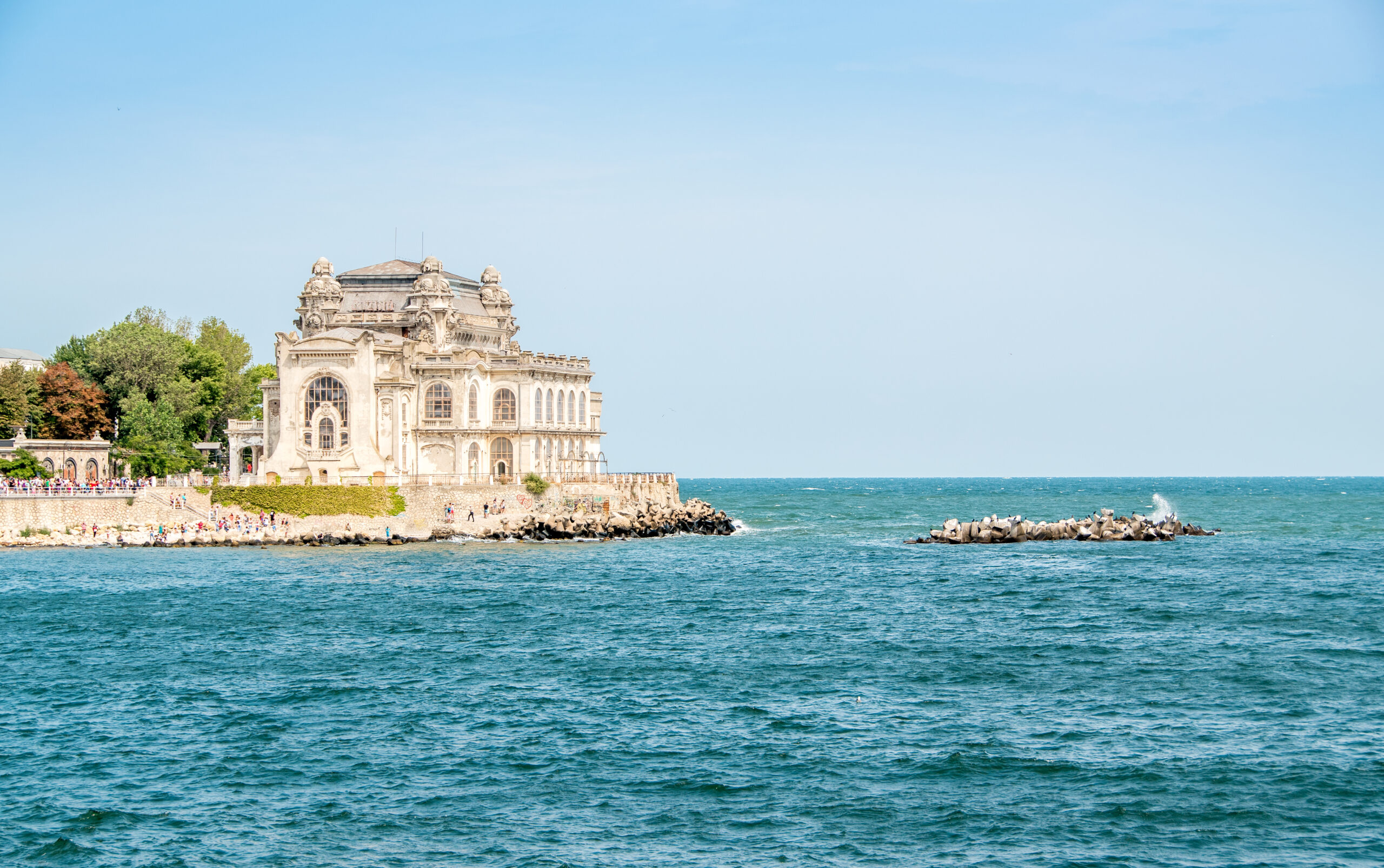Europe’s travel sector shows strong performance in Q3 despite inflationary pressures

- European tourism experienced a 7% increase in foreign arrivals and 5% in overnight stays year-on-year in Q3 2024.
- While headline inflation has eased, services inflation remains high, affecting tourism-related costs and traveller behaviour.
- Capacity constraints and environmental strain continue to challenge popular destinations, requiring effective management strategies.
The European tourism sector demonstrates a robust performance, surpassing pre-pandemic figures and showcasing resilience despite economic headwinds and geopolitical challenges. The latest research from the European Travel Commission (ETC) highlights a 6% rise in foreign arrivals over 2019 levels and a 7% increase in year-on-year growth. Overnight stays have also grown by 5% year-on-year. The upward trend is driven by major events, improved air connectivity – especially from China – and lingering pent-up demand.
Released today, the “European Tourism Trends & Prospects” Q3 2024 report offers insights into the dynamic performance of European tourism during the summer period and provides a comprehensive analysis of the region’s latest tourism and macroeconomic developments.
While headline inflation in Europe has eased, services inflation remains elevated, affecting both tourism businesses and travellers. Prices for international flights in the Euro Area declined in July and saw a slight increase in August, but inflation for accommodation and package holidays continued to surpass overall services inflation. As travellers become increasingly price-conscious, there is a notable shift toward value-driven travel experiences. Overall tourist expenditure across Europe is projected to rise by 10.3% in 2024 compared to 2023 and reach €719.7 billion, with Western Europe accounting for 74% of this total.
Commenting on the publication of this report, ETC President Miguel Sanz, said: “The performance of European tourism in 2024 underscores the sector’s resilience and enduring appeal despite economic pressures. Travellers continue to prioritise holidays, even in the face of rising costs, highlighting the essential role of travel in their lives. Following a busy summer, Europe is actively addressing capacity constraints in popular hotspots by redistributing visitors to more diverse destinations. We aim to alleviate the strain on overburdened areas and ensure that the economic benefits of tourism are shared more equitably. European tourism is not just about rebounding; we need to evolve to secure a sustainable future.”
Southern Mediterranean Europe driving travel demand
Over half of reporting European destinations have exceeded 2019 levels of foreign arrivals, with nearly a third increasing over 10%. Southern Mediterranean destinations showed particularly strong performance, led by Serbia (+34%) and Malta (+32%) – both from a smaller base – followed by Portugal and Greece (each +19%). Türkiye (+16%) faces rising competition as budget-conscious travellers turn to other Mediterranean destinations due to increasing prices.
Recovery is slowest in the Baltics, Finland, Romania, and Slovakia, where declines from 2019 levels range from 24% to 11%. However, year-on-year data in many countries within these sub-regions provides a promising outlook, suggesting that recovery is progressing, albeit at a slower pace than in other areas. Notably, Romania (+12.8%), Latvia (+12.7%), and Estonia (+10.7%) have shown substantial increases in foreign arrivals compared to 2023 levels.
Resilience in aviation and accommodation sectors
Looking at the industry’s performance, European air travel demand rose by 3.4% over the summer months, despite disruptions like cybersecurity issues and strikes. Frequent air traffic disruptions over the summer involving a number of different European countries are likely to have dampened the recovery across the region. Recent statistics have reported that nearly 40% of passengers in Europe this summer experienced delays or cancellations.
Accommodation performance remains strong, with revenue per available room (RevPAR) in European hotels rising 5.9% year-on-year. Southern and Mediterranean destinations are experiencing the highest growth in daily rates, driven by robust demand despite rising prices. This pattern suggests that, while travellers are more budget-conscious, they are still willing to pay for higher-end experiences during peak travel seasons. Similarly, short-term rentals have surged by 11% as of August 2024 compared to 2023, particularly in France and Italy. This growth represents approximately 479,000 short-term rental units since August 2023.
Balancing tourism distribution across Europe
The report also examines the growing concern of overcrowding, highlighting the uneven distribution of tourism flows across Europe. While the increase in tourism has positively influenced European economies, popular destinations are once again facing capacity constraints and environmental strain, particularly during peak seasons in 2024.
In response to these continued challenges, some countries and cities have been implementing measures to become more resilient to the expected continued rise in tourist volumes. These measures aim to reduce the flow of tourists in concentrated areas, spread tourists out to other destinations across the country and maximise the value they receive from tourism.
In particular, efforts are being made to promote lesser-known destinations, with the aim of redistributing tourist flows and alleviating pressure on overcrowded hotspots. Recent data indicates that arrivals in emerging destinations are increasing, albeit from a smaller base. For instance, Albania has reported a noticeable uptick in visitor numbers, while cities like El Hierro and Sevilla in Spain are experiencing growth that outpaces established tourist destinations like Ibiza and Tenerife.
Full report can be downloaded here.
Related
Brits forced to pay fee to visit these 30 countries…
UK tourists will be required to pay a fee to visit 30 countries in Europe under new European Union (EU) travel rules.The rules mean British holidaymakers will n
The beautiful European island with just 148 locals
Irakleia is a beautiful island in the Minor Cyclades of Greece, nestled in the heart of the Aegean Sea and just an hour away from Naxos. Officially recorded t
Warning issued for Brits flying easyJet and Ryanair to popular…
Passengers flying with Ryanair, easyJet and British Airways should expect disruption (Picture: Urbanandsport/NurPhoto via Getty Images) Passenge










